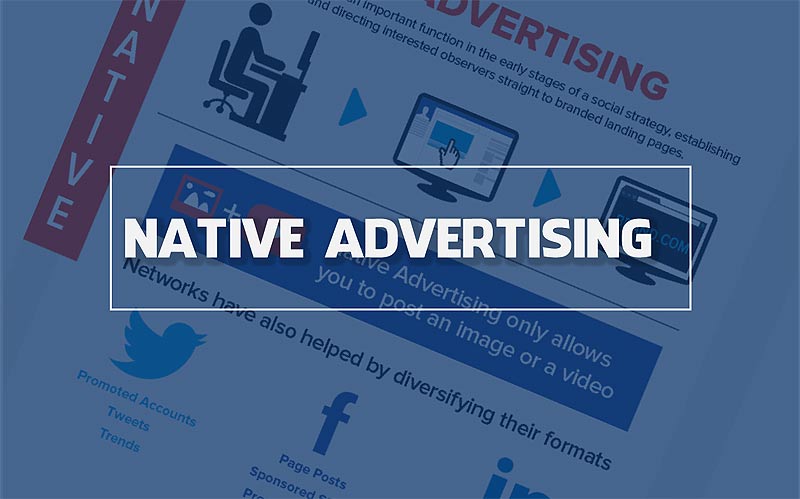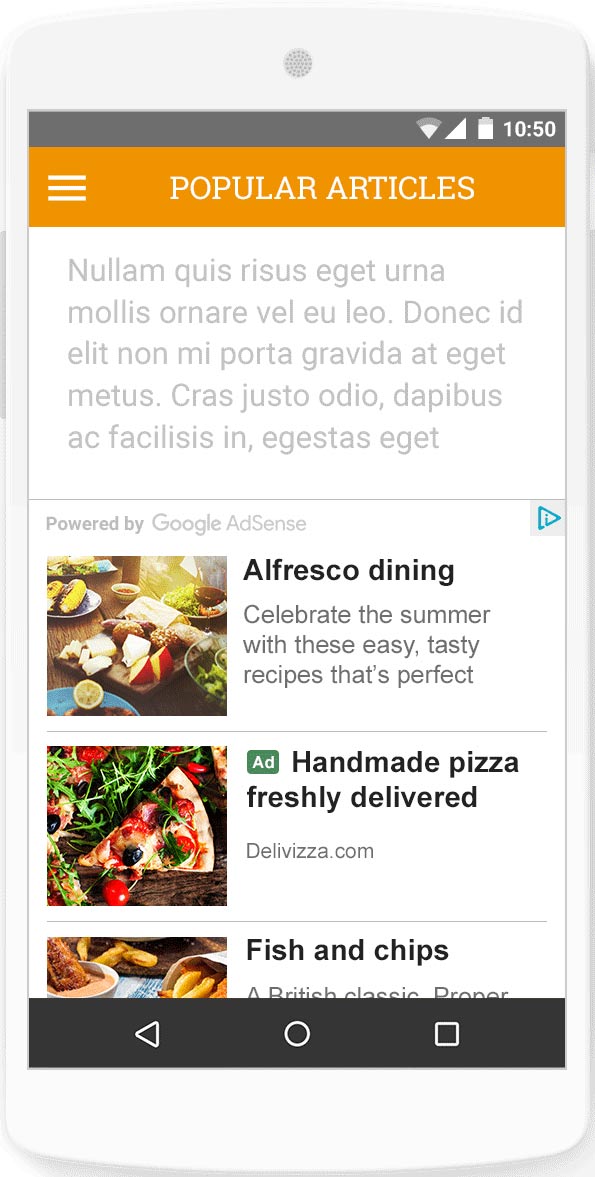Does Google’s New Native Ads Offering Violate its Own Ad Policies?
Google is now changing the way it enforces some of its AdSense policies. Recently they launched a new type of AdSense ad unit called “Google Native Ads”. Some people think that this is one of those head scratching moments. Since placing ads that can be mistaken for other site content sounds rather similar to what Native ads are trying to achieve.
Nevertheless google will now be striking ads from individual website pages that violate it ads rules. The result is that it will reduce the instances that it cuts ads from entire sites. However, this move has led industry experts to question whether it’s violating its own AdSense policies.
Allow Me to Explain Further

Google’s Native Ads are designed to match the feel and look of one’s website. The reason is that Google claims it’s good for customer or user experience, which will enable one’s site to get higher AdSense earnings. If you don’t know what native advertising really is yet then take a read of this article first of all.
Google Native Ads
With regards to Adsense then there are three types of Google Native Ads units. They are:
- In-article ads: They are ads that can fit between the paragraphs of content pieces.
- In-feed ads: These are types of ads that fit inside your website’s feed, for example, a list of articles on your site.
- Matched Content ads: They are a block of articles that are recommended for users to visit. Some of these articles are on the publisher’s website while others are ads for content that is from other publishers.

The above ads are now available to all AdSense publishers and can get used by coming up with a new AdSense ad unit.
Google’s Ad Placement Policies
Google’ ad placement policies include warnings about placing your ads in such a way that users can mistake them to be from other content sites.
Publishers of ads are not allowed to pressure users to click on Google ads in any way, which includes placing the ads in such a way that users will mistake them to from other content sites. Examples include navigation, download links or menu.
Placing ads in such that they are mistaken from another site’s content is against Google policies, yet that sounds similar to what Google Native Ads is trying to achieve.
At Best Confused Publishers, At Worst They Have Gone Full Circle
It leads to the question that whether Google is going against its own AdSense policies. From a certain perspective this could be argued over. Adsense native ads publishers have a right to be confused and to ask legitimate questions. Google Adsense has never been shy about hitting the ban button.
Bear in mind that entire sites can be still be suspended from the AdSense platform for violating Google AdSense policies. Publishers can also be disabled or suspended from using AdSense.
These changes were brought about by a recent boycott of the YouTube platform by advertisers who were concerned that ads were running within inappropriate videos. Another reason is that there was a trend of online campaigns that were pressuring advertisers to remove ads from controversial sites.
Typical examples of violating Google AdSense policies include trying to place AdSense ads alongside any content that encourages the sale of tobacco or refreshing ads on your web page too often. Or placing ads way too close to site navigation.
Many advertisers use these tactics to get higher AdSense earnings. Clearly what constitutes optimization one day can be considered inflating performance the next, sticky huh.
The consequences for any violations will start on by default on lower levels. It means that publishing partners will incur fewer losses each time Google disciplines their site for page-level wrongs. Remember that in the AdSense network, publishers and Google share ad revenue.
Reactive Change of Stance or Not?
Google says that its new rules are not reactive to what’s going on in the wider industry. It says that it’s an improvement which will result in publishers getting higher AdSense earnings. It says that the changes reflect on how it can make changes to its own policies.
Remember that the recent activist efforts and YouTube ads boycott were directed at advertisers and networks that came in for much criticism over apparent inability to police placements. Keep in mind that a recent expansion of these hate-speech regulations for AdSense applies at the page level.
Managing Adsense Native Ads and Other Implementations
Google is developing a platform for ads publishers that enable them to deal with any ads suspensions on their sites. The program of recourse will tell the publisher how many violations their web page has, type of content and guidance on how to fix the issue, which will enable the ads to resume on the page.
Previously, the publisher’s entire site could get suspended from making any ad placements if only one of their pages violated Google AdSense policies. However, the punishment would depend on the extent of the violation.
Google says that it plans to punish more violations. However, because of this, it doesn’t expect this change to result in higher AdSense earnings for Google itself. The reality is that more competition in the ad sector has resulted in better choices for publishers.
Adsense Native Ads : Wrapping Up
All of a sudden an Adsense ban is not the killer blow that it used to be. This is no bad thing either and Google has been notorious for offering publishers a distinct lack of transparency over the years.
Using the above information, we’ll let you be the judge on whether Google’s New AdSense Native Ads Violate Its Own Policies. You can let us know about your thinking using any of our social media platforms.



